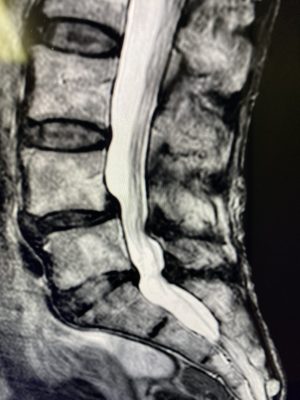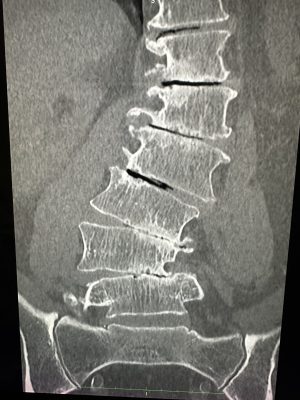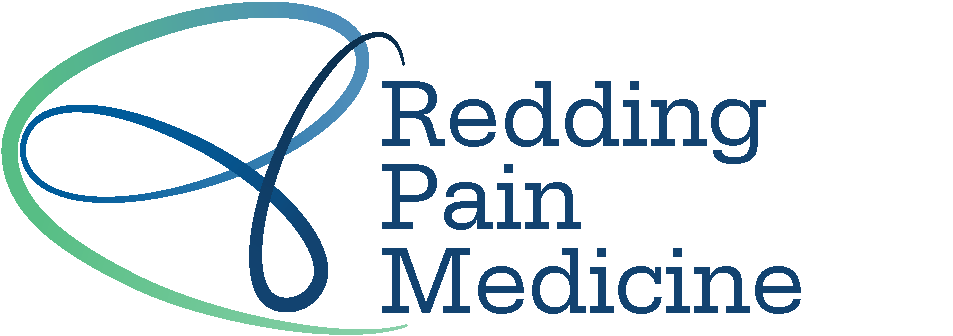Back Pain
80% of adults in the United States will experience back pain at some point in their lives.
Unfortunately, back pain has the potential to become debilitating and disabling, affecting your ability to function in everyday life or even your ability to work.
It can be a complex condition to diagnose and treat because its symptoms vary depending on which area of the spine is affected and which condition is the underlying cause of your pain.
The most common conditions that cause this pain each come with their own set of symptoms, frequently overlapping with other conditions,, which highlights the importance of accurate diagnosis.

Understanding the Spine
To better understand this issue, it helps to understand the spine and its anatomy.
Your spine is made up of three sections:
- Cervical Spine (neck)
- Thoracic Spine (upper and mid back)
- Lumbar Spine (lower back)
The area of the spine that’s most commonly affected by pain is the lumbar spine. Of the three sections of the spine, your lower back takes on the most stress and the most load when sitting, lifting, and performing other movements.
However, the cervical spine can be affected over time due to poor posture when sitting or “tech neck” caused by looking down at a phone or computer screen for prolonged periods of time.
The thoracic spine can develop pain as well, though pain in this area is usually caused by an injury.

Stenosis of the spine
"Spondylolisthesis"
Common causes include:
- Injuries caused by traumatic events
- Strained muscles caused by lifting heavy objects
- Age-related degeneration
- Tears in one or more spinal discs (annular tears)
The most common conditions that cause this pain are:
- Degenerative Disc Disease
- Sciatica
- Herniated Discs
- Annular Tears

Severe Degenerative
Disk Disease
Common Symptoms
Spine pain can have a wide-ranging variety of symptoms. The symptoms and area in which you feel the symptoms will depend on which area of the spine is affected or which condition is the underlying cause of your pain.
These conditions can cause many symptoms and the following are the most common:
- Dull, aching pain in the lower back
- Stabbing or shooting pain that radiates down the leg into the foot
- Pain when standing up straight
- Reduced range of motion and inability to flex the back
- Pain lasting for weeks or even months
The following symptoms are indications of a serious medical issue.
- Loss of bowel or bladder control
- Numbness, tingling, or weakness in one or both legs
- Back pain following a traumatic injury
- Intense pain that may worsen at night
- Unexplained or unintentional weight loss
- Fever
- Pain accompanied by a throbbing sensation in the abdomen
Diagnosis
Successful treatment of spinal pain requires a very precise diagnosis. This can be a difficult process due to the similarities in the experience of the pain caused by injury to completely different structures, and of course, your treatment needs to be to the proper structure at the proper level of your spine to achieve a good outcome.
Not infrequently, this requires an element of persistence for both the patient and the treating physician to achieve a successful outcome.




